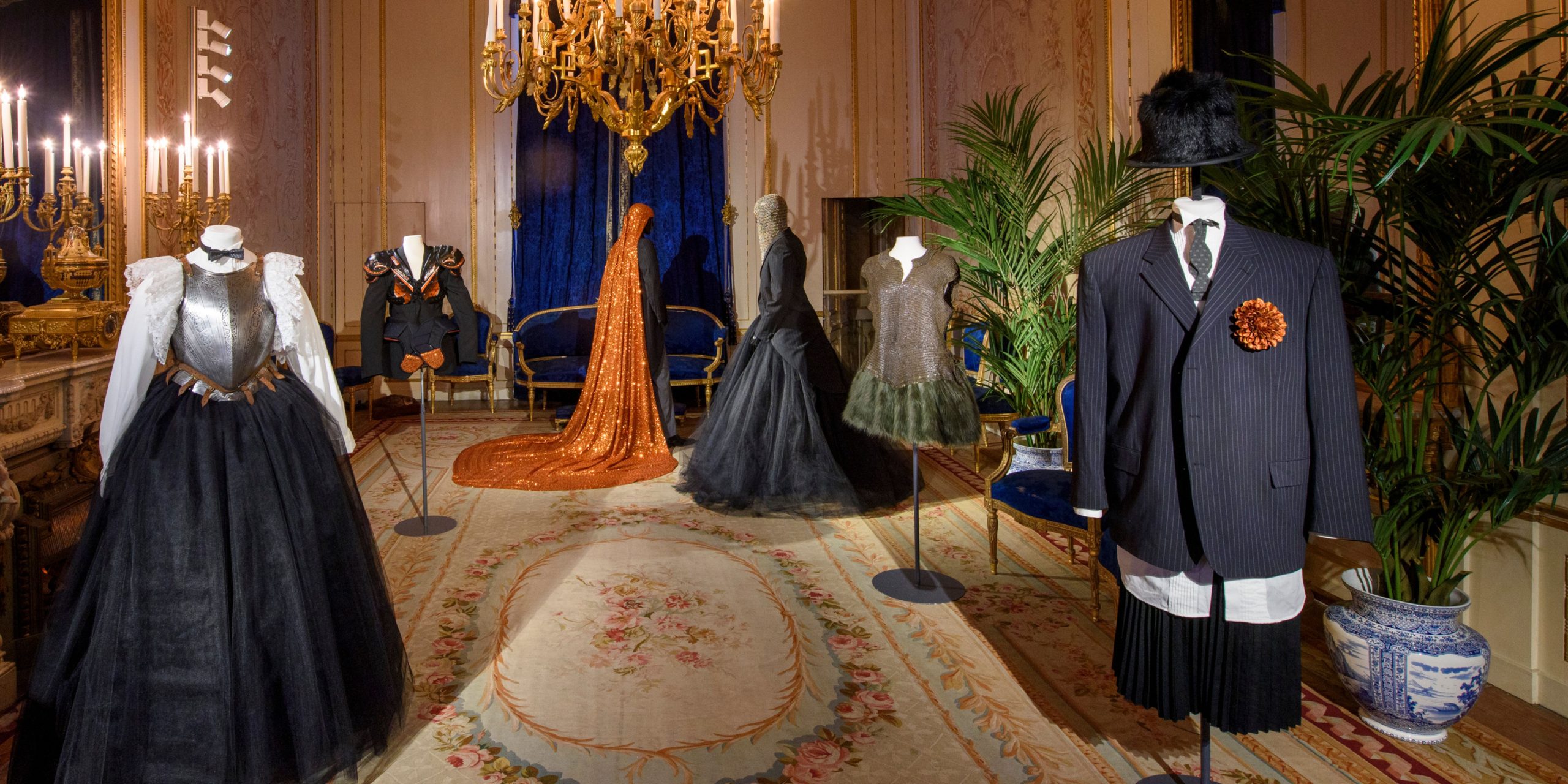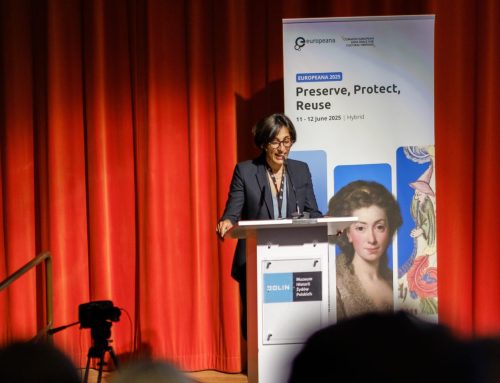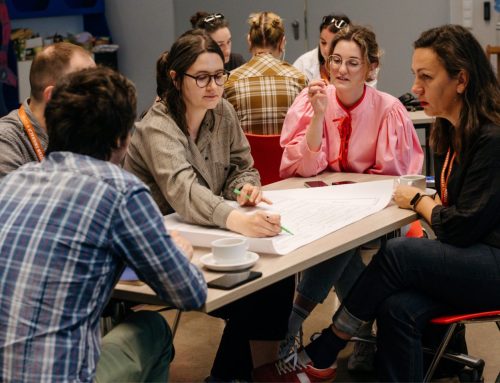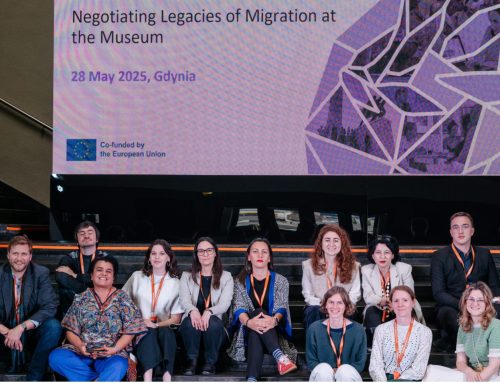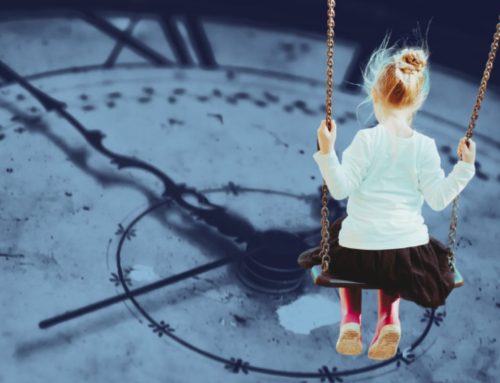Since December 2023, the Willet-Holthuysen museum in Amsterdam has co-curated a temporary exhibition with the House of Vineyard, a Dutch ballroom collective, to be displayed alongside its permanent exhibition.
The stately house, formerly owned by Abraham Willet and Louisa Holthuysen is located on the Herengracht and has belonged to the city of Amsterdam since it was bequeathed upon the latter’s death 1895.
Every 6 months a new artist is invited to collaborate on an exhibition to make the space their own – an innovative approach by the Museum of Amsterdam that helps local citizens feel a sense of ownership of a historically exclusive space.
Who are the House of Vineyard and What is Ballroom Culture?
The House of Vineyard was established in 2014 by Amber Vineyard as the first Dutch ballroom collective. Ballroom culture began in Haarlem, New York in the US in the 1970s, as a way to make space for queer African American and Latino communities where they could be safe from racism and homophobia. Participants could compete in ‘walks’ for different categories, combining music, fashion and performance art. House of Vineyard founders Amber and Elly wanted to bring this culture to the Netherlands where they felt like queer Dutch people could get involved and experience this different aspect of queer community.
The Exhibition itself: ‘the Grand March’
Walking through the impressive architectural spaces I was struck by the creativity employed in curating some of the rooms and the fresh insights it offered. In the grand ballroom on the first floor, visitors could marvel at the striking 19th century Dutch interiors and furniture modelled on Louis XVI and imagine the music and literary performances and ballroom dances hosted by the wealthy couple. Simultaneously, visitors could enjoy the striking display of fashion pieces from the House of Vineyard’s collection, from beaded corsets to feather-plumed hats. Mannequins styled in chainmail juxtaposed with elegant gowns displayed fashionable pieces powerfully challenging gender norms.
In a similar fashion, on the second floor one can observe the elegant dining room where wealthy Dutch artists once dined, garnished with fine porcelain and candlesticks. In the chairs however, instead of Dutch aristocracy were photographs of prominent Drag queens with accompanying audio-visuals on their contribution to queer ballroom history.
Why is this collaborative work important?
At its core this exhibition is about reclaiming space. Allowing queer artists to project their history onto a building in the wealthiest part of Amsterdam where people of colour and queer people have historically been unable to access is an empowering project. Moreover, it makes the museum appeal to more diverse and inter-generational audiences who might not otherwise seek to learn about its past. Most importantly this exhibition engages those who don’t normally see themselves or their stories represented in traditional museum spaces.
Bringing queer history into the classroom
Queer theory invites us to question everything we think we know about gender, sexuality, expression and relationships. Within education however, the history of queer people remains unexplored in most textbooks due to historic stigma and lack of attention from academics.
Nevertheless, queer history is more than just the centuries long oppression and persecution of LGBTQ+ individuals. Nor is it merely a modern story of social justice movements originating in the 1960s. Queer history is about examining relationships and forms of expression in the past with a critical eye and challenging the expectations we may impose on those societies we study.
In the case of the Willet-Holthuysen house, many previous museum curators assumed that the couple’s extensive art collection was primarily collected by Abraham as the man of the house, in line with patriarchal norms of the time. However recent research suggests that owing to her higher status background, it was perhaps Louisa who had an extensive influence on their art portfolio despite this being a less acceptable occupation for women at the time.
Activities for students
Looking for more inspiration in bringing queer history into your classroom? We suggest a few student activities relating to museums below. For more on the topic, have a listen to our Past Times podcast episode on ‘gender and sexuality in history teaching’ with history teacher Claire Holliss and have a look at her website Fresh Alarums. If you’re looking for how to broach discussions in class, the following questions may be pitched to students:
Can you think of another societal group whose story could benefit from being projected in a museum or other historical space? What space would you choose and why?
How would you design a temporary exhibition at your local museum that gives voice to another community not already represented there?
How do you think museums could improve in appealing to different audiences?
‘Grand March: A Historic House Through a Ballroom Lens’ will be available to visit until 26 May 2024 at the House Willet-Holthuysen at Herengracht 605, 1017 CE Amsterdam.
Sources
“Exhibition House of Vineyard in Huis Willet-Holthuysen,”https://www.amsterdammuseum.nl/nieuws/tentoonstelling-house-of-vineyard-in-huis-willet-holthuysen/51598
“How the chosen family at House of Vineyard changes lives,” The Social Hub https://www.thesocialhub.co/blog/how-the-chosen-family-at-house-of-vineyard-changes-lives/
Vreeken, Hubert. “Bij wijze van museum: oorsprong, geschiedenis en toekomst van Museum Willet-Holthuysen, 1853-2010.” PhD diss., Universiteit van Amsterdam, (2010) https://dare.uva.nl/search?identifier=0aadf023-a681-46ab-8b2d-016b245ff5c9
Further Research
Zebracki, M., Janssens, F., & M. Vanderbeck, R.“Gay monuments in queer times: Amsterdam’s Homomonument and the politics of inclusive social practice,” Sexualities, 26(3) (2023): 298-330. https://doi.org/10.1177/13634607211028517
Maat, Dorine. “The Willet-Holthuysen House as a Site of Resistance.” Amsterdam Museum Journal https://assets.amsterdammuseum.nl/downloads/a-Site-of-Resistance_Dorine-Maat.pdf
Author of the article: Zarah Drummond

